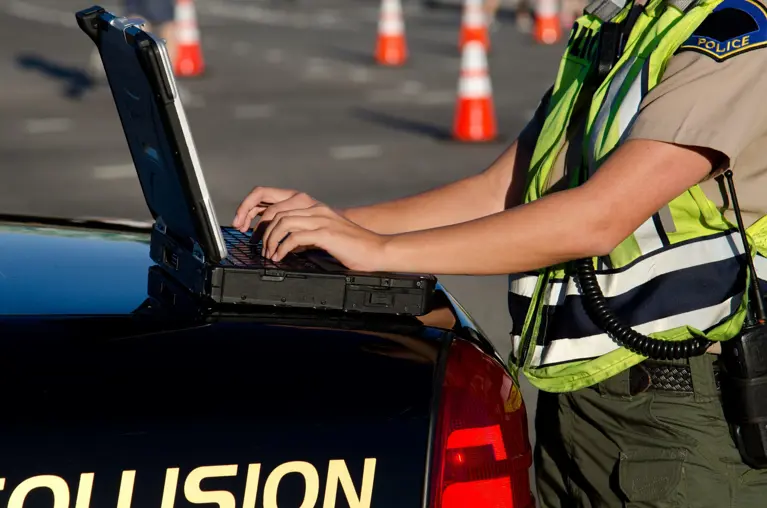Fentanyl. It’s more potent than heroin, and 100 times more potent than morphine. Accidental inhalation of small particles of fentanyl – just 3 mg, equivalent to three grains of table salt – can be deadly for your officers and K-9 units.
And throughout our communities, the opioid crisis is not slowing down. To protect our communities and our first responders, public safety agencies need a new approach to narcotics field testing.
The good news: Updated protocols, combined with new tools, can make field testing and investigation of unknown substances less risky.
Start with training
A good place to begin? Carefully training personnel and putting in place appropriate safety precautions and procedures, which should include the following:
- Always don protective gear when the presence of fentanyl is suspected.
- Require officers to carry naloxone to counteract opiate overdose symptoms.
- Encourage distribution of naloxone to other community service providers who may encounter individuals who have potentially overdosed.
- Use detection and identification technology to test substances in the field faster and reduce potential officer exposure.
- Allow only specially trained personnel to analyze substances suspected to be fentanyl.
New portable tools deliver faster, more accurate results
Reducing the use of color-changing field testing kits by implementing portable testing devices that don’t require officers to touch samples can be a valuable alternative to traditional methods. These devices, which can include handheld spectroscopy devices, provide a more efficient and conclusive way of testing unidentified substances at the scene. Not only do they reduce the amount of handling of suspected illicit substances, they also greatly improve the accuracy of testing and detection.
Five common risk scenarios and strategies to help identify and test substances in the field
Download our white paper to learn five of the most common risk scenarios that first responders face when coming in contact with illicit opioids; key strategies to help identify and test substances in the field…and protect first responders and our communities from deadly exposure.

